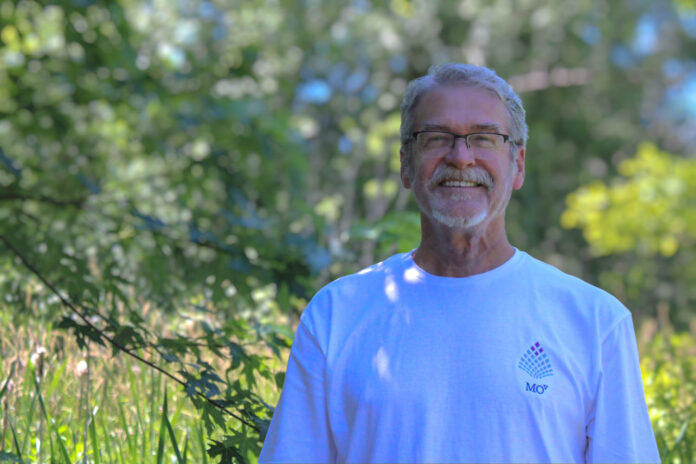SUDBURY—Research indicates that climate change in Ontario is expected to significantly increase the number of wildfires caused by human activity and lightning over the next 17 years, and with it poor air quality. The fact that there is only one air quality monitoring station located in the Sudbury district, Public Health Sudbury and Districts (PHSD) is joining other health units in Northern Ontario in calling on the province for an expansion of the monitoring stations across Northern Ontario.
“We have identified that the Air Quality Health Index (AQHI) is a great tool to understand air quality and the forecast,” said Jane Mantyla, health promoter, health protection division of PHSD last week. “It is a great tool but unfortunately in our area only the City of Sudbury has a monitoring station, and other areas like Manitoulin Island don’t have the same information on air quality and health risks.”
“We wanted to build on the momentum that has already started, with both the Porcupine and Temiskaming health units calling on the Honourable Minister David Piccini for the installation of air quality monitoring stations in their respective service areas,” said Ms. Mantyla.
Ms. Mantyla made a presentation to the members of the board of health of PHSD at its meeting in September on climate change awareness and adaptation. She outlined the impacts of climate change including the increasingly significant health hazards such as extreme heat, heavy intense rainfall, spring flooding and freezing rain, Lyme disease, West Nile virus, wildfires, food and water-borne illnesses and blue-green algae blooms that occur due to climate change.
Public health’s role in climate change, per the Ontario Public Health Standards and Guidelines was reviewed. Examples of public health’s work in action in these three categories per the public health mandate were provided along with the mitigating exposure to direct hazards.
They include: Assess health risk and conduct hazard surveillance, raise awareness, promote health protective actions, and collaborate with municipalities and partners on climate change adaptation and mitigation.
It was concluded that public health builds climate resilience in partnership and independently by supplying knowledge on climate change impacts, conducting surveillance of hazards, protecting residents through hazard response, raising public awareness of hazards and health protection actions, participating in adaptation and mitigation strategies and building adaptive capacity in priority populations.
“Research has shown with climate change in many areas there will be a longer period of no rains in the summer. As well, leaf litter will become more flammable,” said Ms. Mantyla. “Fires caused by lighting and humans will be increasing.”
“And for example, a wildfire doesn’t have to take place on Manitoulin Island to affect local people in the area,” said Ms. Mantyla. “Wildfire smoke will travel hundreds of kilometres, so it doesn’t matter if wildfires occur close by, they can present health impacts. A healthy person can recover quickly from the affects, but it is harder for those more susceptible. Wildfire smoke can have major health impacts.”
“Another great thing with having an air monitoring station is that it can be used in a team health improvement program,” said Ms. Mantyla, such as for younger children, older people and those at higher risk. “For instance, if you are running a daycare or recreation program outside, you can use the information provided by the monitoring station and decide if it would be better to keep everyone inside that day and not allow outdoor play to take place due to low air quality.”
At the September meeting of the Sudbury Board of health it passed a motion that reads in part, “Be it resolved that the board of health for PHSD endorse the letters dated July 5 from the Porcupine Health Unit and August 1 from the Temiskaming Heath Unit to the Honourable Minister David Piccini, calling for the installation of air quality monitoring stations in their respective service areas and further that air quality monitoring stations and the AQHI be expanded across Northern Ontario to improve opportunities for health for all.”





